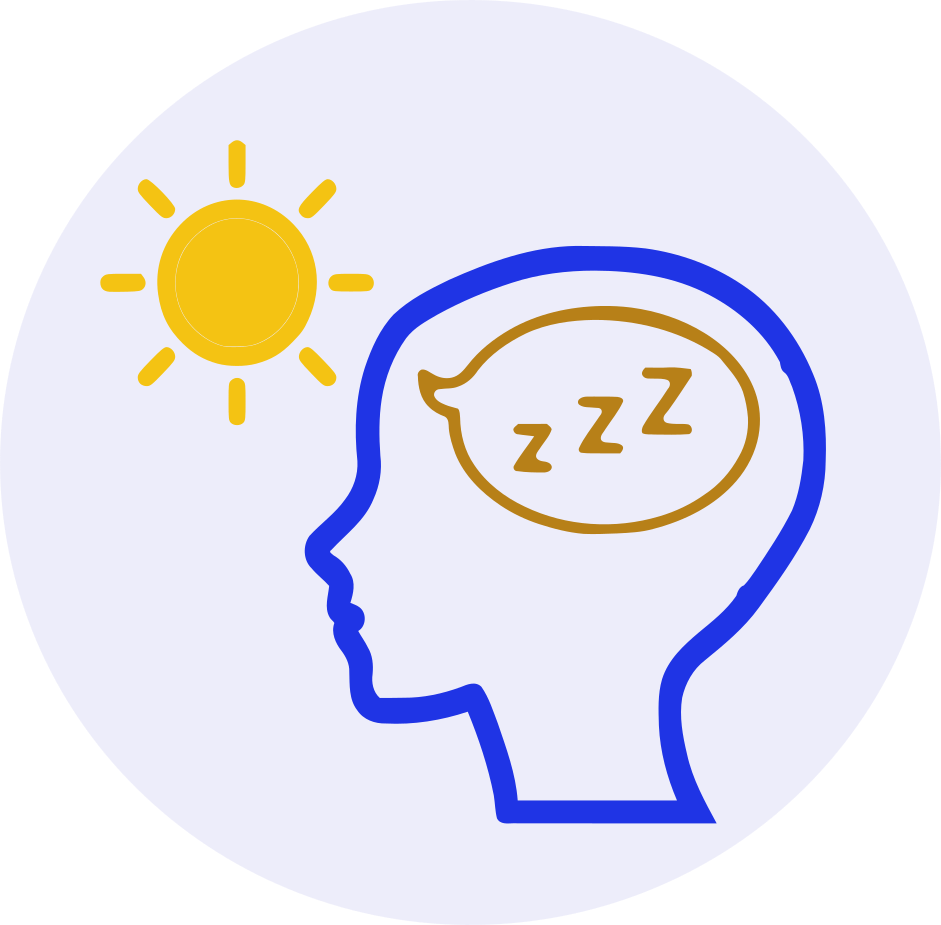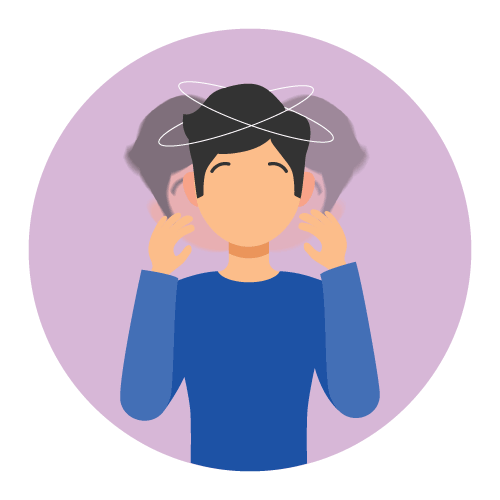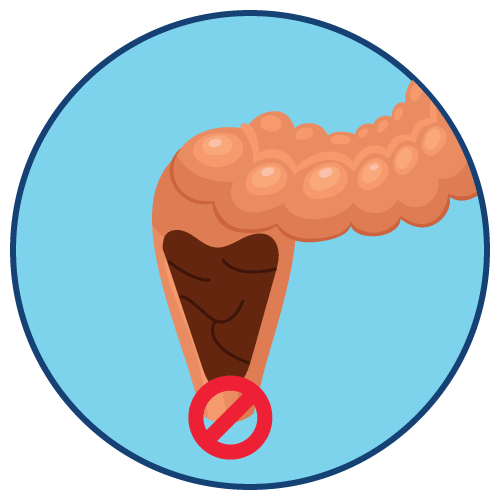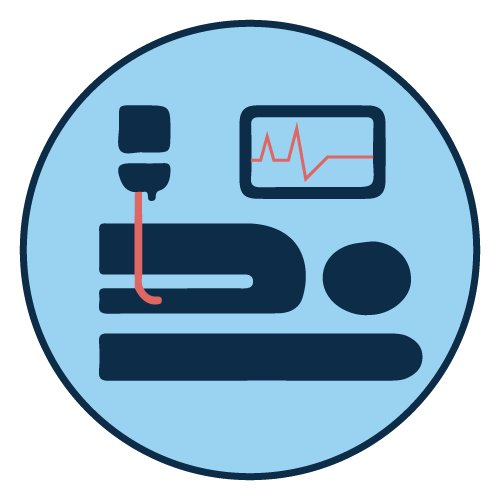| Name | Flupenthixol |
| Classes |
Central Nervous System Agent Psychotherapeutic Agent Thioxanthine |
| Diseases |
Depression Mental Disorder Psychosis |
Flupenthixol
Flupenthixol is a typical antipsychotic drug belonging to the thioxanthene class. Its mechanism of action is thought to be related to its antagonism of dopamine receptors in the brain, particularly the D2 receptor subtype. This blockade of dopamine receptors results in a decrease in dopaminergic neurotransmission, which is believed to be responsible for the antipsychotic effects of the drug.
Flupenthixol is indicated for the treatment of various psychotic disorders such as schizophrenia, bipolar disorder, and other conditions that may present with psychotic symptoms such as delusions and hallucinations. It may also be used in combination with other medications for the treatment of depression.
- Adults: The standard initial dosage is 1 mg as a single morning dose. After one week the dose may be increased to 2 mg if there is inadequate clinical response. Daily dosage of more than 2 mg should be in divided doses up to a maximum of 3 mg daily.
- Older patients: Older patients should receive half the recommended dosages. The standard initial dosage is 0.5 mg as a single morning dose. After one week, if response is inadequate, dosage may be increased to 1 mg once a day. Caution should be exercised in further increasing the dosage but occasional patients may require up to a maximum of 1.5 mg a day which should be given in divided doses.
The most common adverse reactions associated with flupenthixol use include:
- Drowsiness
- Dizziness
- Orthostatic hypotension
- Dry mouth
- Constipation
- Blurred vision
- Tremors
- Restlessness
- Insomnia
- Akathisia
- Weight gain
- Flupenthixol should be used with caution in elderly patients, as they may be more sensitive to its effects and may be at higher risk for adverse reactions such as orthostatic hypotension and tardive dyskinesia.
- Patients with a history of seizures or other neurological disorders should be closely monitored while taking flupenthixol, as the drug may lower the seizure threshold.
- Flupenthixol may cause an increase in prolactin levels, which can lead to side effects such as gynecomastia, galactorrhea, and menstrual irregularities in some patients.
- Patients with a history of cardiovascular disease or who are taking medications that may affect cardiac function should be monitored closely while taking flupenthixol, as the drug may cause cardiac arrhythmias.
- Patients should avoid alcohol while taking flupenthixol, as the combination may increase the risk of CNS depression and may impair cognitive and motor function.
- Flupenthixol may cause photosensitivity, and patients should avoid prolonged exposure to sunlight or use protective clothing and sunscreen while taking the drug.
- Flupenthixol may impair cognitive and motor function, and patients should be advised to exercise caution while driving or operating machinery.
Contraindication
- Flupenthixol is contraindicated in patients with a history of hypersensitivity to the drug or other thioxanthene derivatives.
None known.
- The drug should also be avoided in patients with severe central nervous system depression, comatose states, or in those with known or suspected prolactin-dependent tumors.
- It is not recommended for use in pregnant or breastfeeding women unless the potential benefits outweigh the risks.
 Bangla
Bangla English
English










